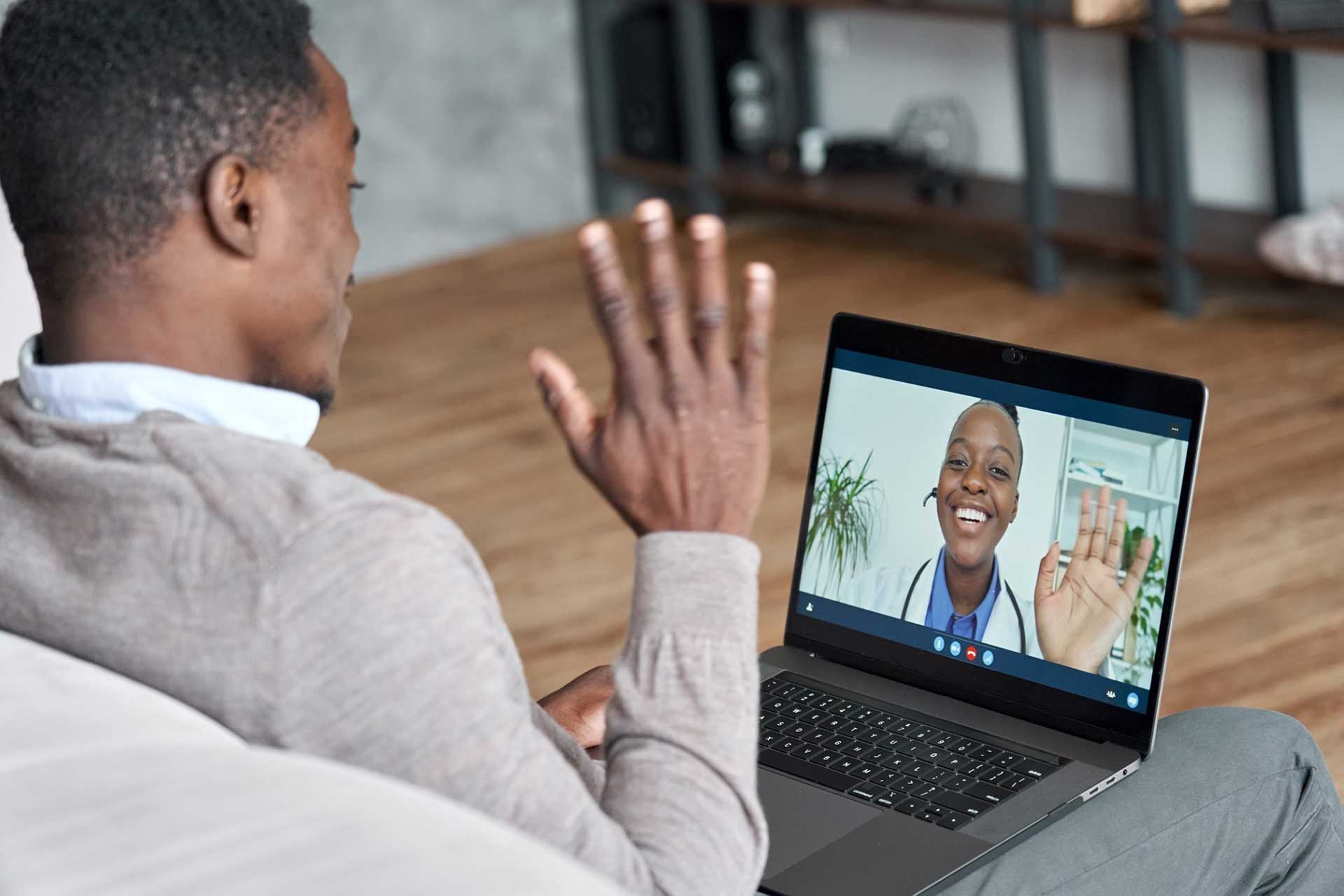
Telehealth can help practices run more smoothly and efficiently, increase access to needed treatment for individuals in remote areas, and expand the reach of professional services. Plus, research finds that when done right, this format can improve employee productivity, creativity, and morale – things we all appreciate as we continue facing increased pandemic pressure. In a recent Healthcare Business Today article, senior solution marketing manager at Interlace Health, Dessiree Paoli highlighted some of the main lessons we have learned in the recent telehealth revolution. Below, we would like to share her expertise, and offer insight into how your team can consider these important factors as you build future business plans.
- Telehealth goes beyond virtual visits. While virtual visits are one of the most well-known aspects of telehealth, they’re only the tip of the iceberg regarding what the service can accomplish. Telehealth offers a range of electronic health solutions that cover the entire continuum of care. For example, remote monitoring and patient portals enable providers to take a proactive approach to patient care in ways that traditional health services simply cannot. To harness telehealth’s full power, healthcare organizations will need to rethink all of their processes through a digital lens.
- Virtual care saves lives. Telehealth visits limit exposure to COVID-19 for patients and healthcare workers alike, but remote monitoring technology can also go a long way in treating contagious patients without risking lives. When Sheba Medical Center in Israel was tasked with caring for exposed passengers from the Diamond Princess cruise, staff members set up a field hospital within three days that monitored infected patients remotely; they even had a robotic telemedicine cart patients could use to connect with caregivers easily. Imagine what might have been possible with more than three days’ notice, and you have a glimpse into how massive telehealth’s impact on patient care can be.
- More work needs to be done on infrastructure. Many healthcare organizations had to hit the ground running to meet the sudden demand for telehealth, which means that many organizations will need to improve their offerings for the future. Going forward, healthcare organizations must find ways to blend digital solutions with existing processes and to create user-friendly methods for patients to access their data and communicate with their doctors.
While the Office for Civil Rights (OCR) at the Department of Health and Human Services (HHS) is responsible for enforcing certain regulations issued under the Health Insurance Portability and Accountability Act of 1996 (HIPAA), they are making clear that covered health care providers may use popular applications that allow for video chats, including Apple FaceTime, Facebook Messenger video chat, Google Hangouts video, Zoom, or Skype, to provide telehealth without the risk that OCR might seek to impose a penalty for non-compliance with the HIPAA Rules related to the good faith provision of telehealth during the COVID-19 nationwide public health emergency. Providers are encouraged to notify patients that these third-party applications potentially introduce privacy risks, and providers should enable all available encryption and privacy modes when using such applications. Under this Notice, however, Facebook Live, Twitch, TikTok, and similar video communication applications are public-facing, and should not be used in the provision of telehealth by covered health care providers.
If you’re interested in expanding telehealth opportunities to your clients but unsure where to begin, consider researching tele-behavioral certification programs for your team. The American Board of Telehealth (ABT) recently launched the CORE Concepts in Telehealth Certificate, which was developed by a group of nationally renowned experts with funding provided by The Leona M. and Harry B. Helmsley Charitable Trust. The comprehensive curriculum consists of seven timely and highly relevant training modules, including:
● Introduction to Telehealth
● Telepresence Skills
● Technology
● Legal, Regulatory and Quality
● Licensing, Credentialing and Privileging
● Reimbursement
● Ethical Considerations
In the coming weeks, ABT will also add a new tele-behavioral certificate and tele-primary certificate to its portfolio of offerings. Course models are available online and may be used for Continuing Medical Education (CME) or Continuing Nursing Education (CNE) credits. To learn more or enroll visit the American Board of Telehealth Education Hub. Visit Telehealth.HHS.gov to learn more about the latest federal efforts to support and promote telehealth services. Health care providers can find everything they need to know about telehealth, including policy and reimbursement updates, “how to” information and implementation resources. Remember, at RBT, we understand the diverse and complicated world of healthcare, and we understand the first step to a brighter financial future is having important conversations about industry-specific topics that matter to you. Feel free to contact our team today, we hope to help your team succeed.
